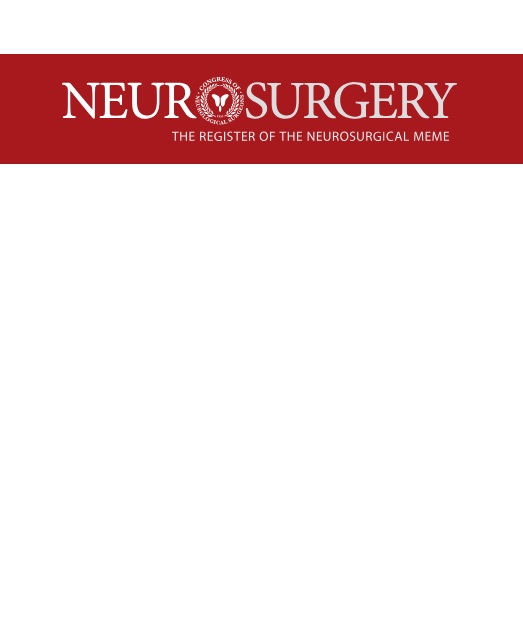
Spine
Similar fusion success rate between i-Factor allograft and local autograft in single-level ACDF
Neurosurgery. 2018 Sep 1;83(3):377-384. doi: 10.1093/neuros/nyx432319 patients with single-level cervical disc disease and scheduled for anterior cervical discectomy and fusion were randomized to the surgery completed with either an allograft (i-Factor™ Peptide Enhanced Bone Graft; Cerapedics Inc.) or local bone autograft. Patients were assessed over 1- and 2-year follow-up for rate of fusion success, a composite endpoint of overall success, clinical scores, and incidence of adverse events. Rate of fusion success was similar between the groups after 12 and 24 months. Rate of overall success (composite endpoint) was significantly higher in the i-Factor group compared to the autograft group at 12 and 24 months. Clinical scores demonstrated no significant differences between groups after 24 months, and most adverse events demonstrated similar rates between groups. Rate of superficial infection, however, was higher among the i-Factor group.
Unlock the full article
Get unlimited access to OrthoEvidence with a free trial
Start TrialCritical appraisals of the latest, high-impact randomized controlled trials and systematic reviews in orthopaedics
Access to OrthoEvidence podcast content, including collaborations with the Journal of Bone and Joint Surgery, interviews with internationally recognized surgeons, and roundtable discussions on orthopaedic news and topics
Subscription to The Pulse, a twice-weekly evidence-based newsletter designed to help you make better clinical decisions
Exclusive access to original content articles, including in-house systematic reviews, and articles on health research methods and hot orthopaedic topics
Or continue reading this full article
Register Now

Subscribe to "The Pulse"
Evidence-Based Orthopaedics direct to your inbox.




































